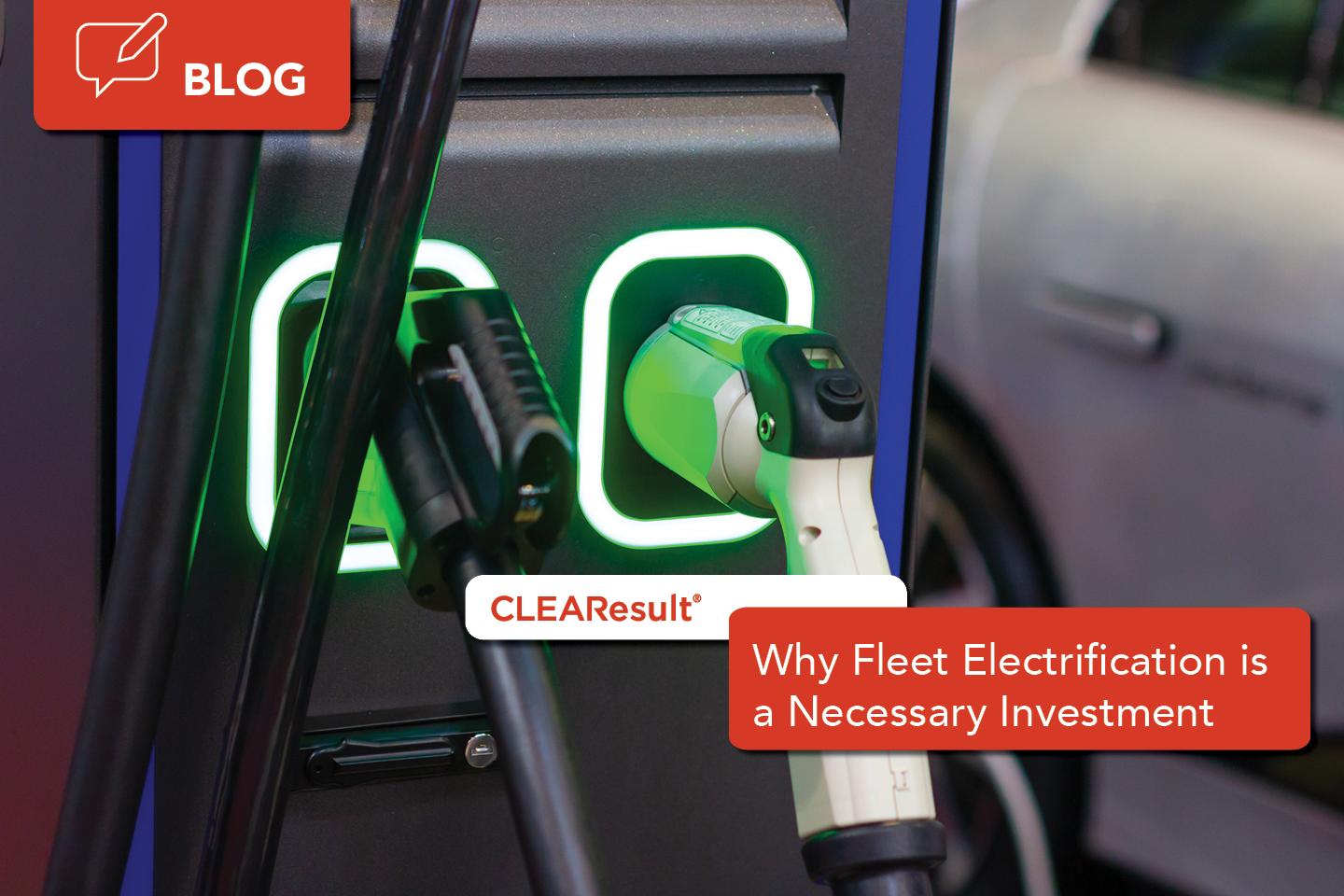Why Fleet Electrification is a Necessary Investment

Investment in fleet electrification has grown in recent years, with operators like Amazon and USPS making major commitments. The pace of fleet electrification is now accelerating. Looking ahead, forty of the nation’s largest fleet operators have explicit zero-emission vehicle (ZEV) goals or major emission reduction targets, and the Inflation Reduction Act (IRA) will only add urgency for utilities to prioritize fleet electrification.
The Opportunity
Utilities understand the benefits of electrification for their communities, from fuel cost savings to reduced emissions and improved health. The more challenging question is, “What are the returns from near-term investments in fleet electrification?”
Greater than you think, as it will pay off in many ways.
Revenue
There isn’t just one revenue model for utilities. Some utilities retain incremental electric sales revenue, whereas others return it to customers through a mechanism such as decoupling. Utilities that retain incremental revenue have a clear case for investment, be it increasing returns to shareholders or reinvesting in additional programming. Either way, the case for fleet electrification investment is strong.
Targeted investments in the infrastructure needed to support electric fleets will also increase the rate base. Over time, the overall increase in utilization of the grid by fleets will generate increased revenues while simultaneously providing downward pressure on the average customer rate. This is a win-win scenario for the local economy.
Integration
To achieve the win-win scenario, utilities must find ways to invest not only in poles and wires but also in the customer relationships and communications required to enable an efficient integration of transportation and the electric grid. Futureproofing with capacity and connectivity will drive optimal results at individual sites and for the entire system.
There’s no doubt that the electrification of fleets changes the math on utility investment. For example, current service rules may allow only utility investment in a service upgrade that can be recouped in four years of electricity sales. This makes sense for a new building load that will ramp up in the first year and work with the system’s load profile for years after. However, this does not make sense for a fleet transition that occurs over a ten-year period and introduces a new load profile.
To avoid underinvestment or highly inefficient investment, it’s important to first invest in educating fleets on the importance of load shape and to help fleet operators make smart choices for charging hardware and software. Then, with an eye to the overall electrification potential of the fleet, invest in the make-ready infrastructure that will support the fleet for many years to come.
Utilities that hold back and attempt to play catch up with demand will pay a higher cost. Stacking solutions piecemeal as you go along without factoring electrification into your grid is like playing Jenga with your services. Failing to plan for a certain future demand puts your dependability (and your reputation) at risk and may create the need for large rate hikes because you need to go back and clean up your energy transition.
Funding
Forward-thinking utilities will also benefit from the current availability of grants and incentives offered by the Department of Transportation and the Department of Energy to encourage energy transition. There is no assurance that these funding opportunities will be available in the future.
Both the Infrastructure and Jobs Act and Inflation Reduction Act include funding for fleet electrification and related infrastructure. Some of this funding will be directly accessible for utility investments in the infrastructure build-out required, such as the grid infrastructure and resiliency funding of IIJA. Other funding sources are available to your fleet customers, whether it’s tax credits for vehicles or grants for schools or transit buses and related facilities.
The funding is there to invest in improved infrastructure and ultimately in the health and safety of communities across America. However, the capacity of many fleets to pursue and secure this funding is limited. Technical assistance support or match funding where possible will be key to ensuring your customers see the benefit.
Customer-centricity
Whether you’re in a competitive retail market focused on customer loyalty or concerned with customer satisfaction scores, fleet electrification support will have direct and indirect impacts. Directly, customers will appreciate your ability to remove concerns and confusion around the electrification process. You can resolve common customer questions like: Is this vehicle eligible for tax credits? Or how does policy affect me? Indirectly, properly planned and executed electrification can reduce rates and build resilience.
It is the job of utilities not only to clear the clutter for customers but to also provide guidance, leading them along the way. Providing resources for customers to understand the risk and rewards and providing turnkey solutions with incremental steps toward full electrification is key.
We’ll address what you can do to begin in our next post in our Crawl, Walk, Run to Fleet Electrification series, Getting started with Fleet Electrification: Evaluate Your Market.
———
If you’d like to discuss how you navigate your fleet electrification transition, contact CLEAResult’s transportation electrification team to get started.